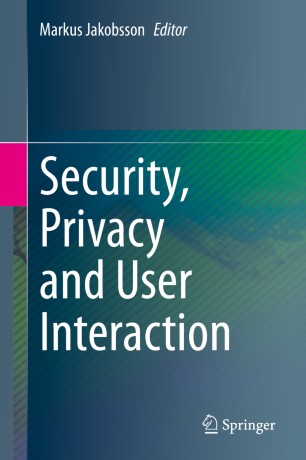

Most ebook files are in PDF format, so you can easily read them using various software such as Foxit Reader or directly on the Google Chrome browser.
Some ebook files are released by publishers in other formats such as .awz, .mobi, .epub, .fb2, etc. You may need to install specific software to read these formats on mobile/PC, such as Calibre.
Please read the tutorial at this link: https://ebookbell.com/faq
We offer FREE conversion to the popular formats you request; however, this may take some time. Therefore, right after payment, please email us, and we will try to provide the service as quickly as possible.
For some exceptional file formats or broken links (if any), please refrain from opening any disputes. Instead, email us first, and we will try to assist within a maximum of 6 hours.
EbookBell Team

4.1
70 reviewsThis book makes the case that traditional security design does not take the end-user into consideration, and therefore, fails. This book goes on to explain, using a series of examples, how to rethink security solutions to take users into consideration. By understanding the limitations and habits of users – including malicious users, aiming to corrupt the system – this book Illustrates how better security technologies are made possible.
Traditional security books focus on one of the following areas: cryptography, security protocols, or existing standards. They rarely consider the end user as part of the security equation, and when they do, it is in passing. This book considers the end user as the most important design consideration, and then shows how to build security and privacy technologies that are both secure and which offer privacy. This reduces the risk for social engineering and, in general, abuse.
Advanced-level students interested in software engineering, security and HCI (Human Computer Interaction) will find this book useful as a study guide. Engineers and security practitioners concerned with abuse and fraud will also benefit from the methodologies and techniques in this book.